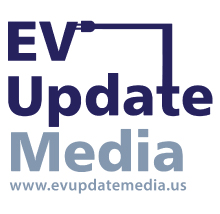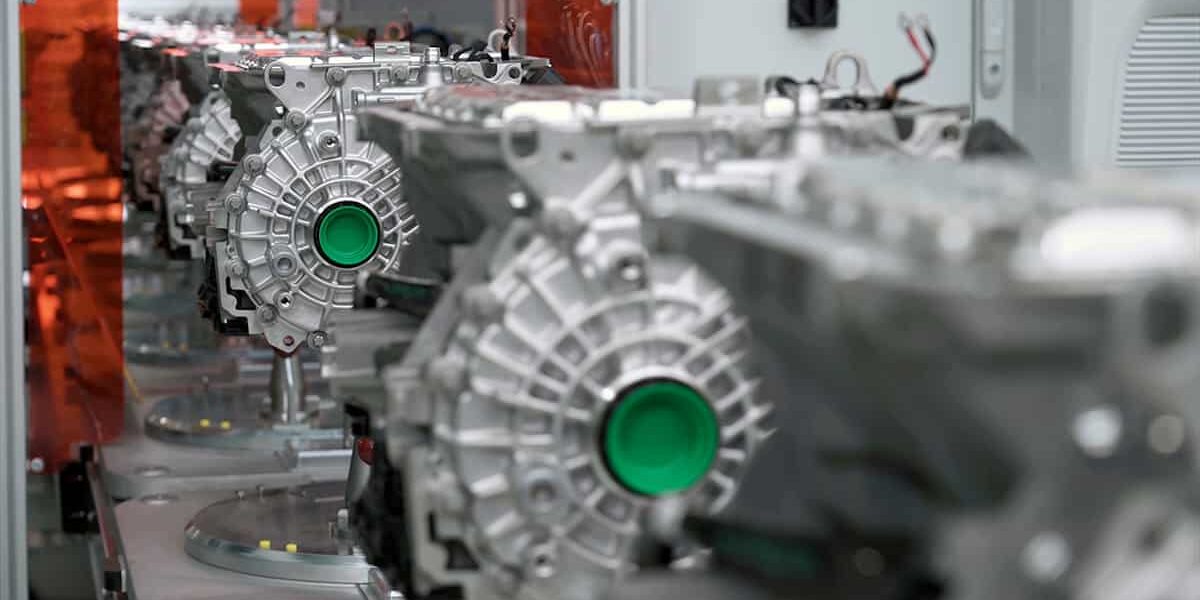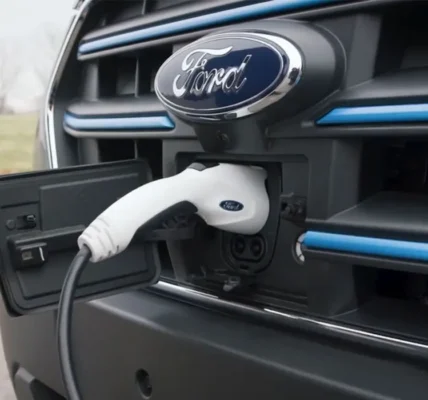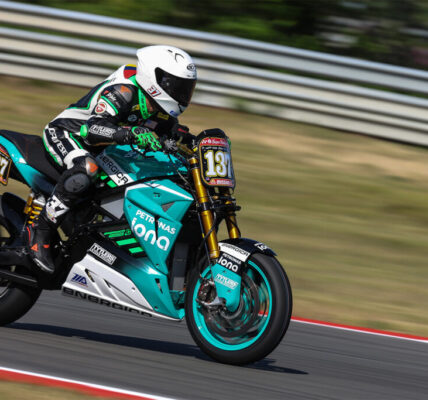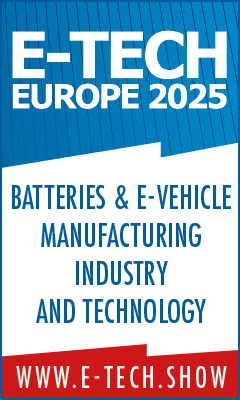Did you know GM invented the domestic, affordable permanent magnet? Before this neodymium-iron-boron magnet came along in 1984, electric motors, generators, audio speakers, hard-disk drives, and the like had to make do with pricey samarium-cobalt magnets. Now 90 percent of all rare-earth materials like neodymium come from China and demand is poised to outstrip supply. GM is teaming up with Niron Magnetics to reinvent the affordable, domestic permanent magnet. Behold the “Clean Earth Magnet.”
Iron-Nitride
Magnetism comes in part from atoms with extra electrons in their outer shells, and it’s strengthened when the atoms are aligned so that the spare electrons are working together. The rare earths all have this, though by themselves, some of these aren’t even magnetic at room temperature—they need to be alloyed with other things like iron in a certain crystal structure that ensures the electrons do their thing. The original GM discovery alloyed neodymium with iron and boron. But iron’s own inherent magnetism can be strengthened when crystalized just so with nitrogen. Fe16N2 is the just-so formula, and it was first discovered in 1951 but getting the nitrogen into the iron crystals just so proved super difficult.
There have been iron-nitride “soft magnets” in use for some time, but these don’t work for motors, wind turbines, and audio speakers. Research coming out of an Department of Energy ARPA-E project in 2011 and developed by the University of Minnesota spinoff-startup Niron Magnetics has at long last figured out a way to make that happen leveraging “nanomaterials technology,” possibly by treating iron-oxide nanoparticles with ammonia gas.
50 Percent Stronger
You might expect a simple iron magnet to play second fiddle to the fancy rare-earth ones, but Niron Magnetics claims its iron-nitride permanent magnets are 50 percent stronger than the neodymium-iron-boron magnets they intend to replace, with a magnetic flux density of 2.4 Teslas, to Nd2Fe14B’s 1.6 Teslas.
Cheaper, Probably Lighter Motors
Niron Magnetics’ web site quotes a cost savings of about 50 percent, but it’s unclear what the basis of comparison is. Even if iron-nitride batteries pencil out at cost parity today, one would only expect their cost to rise with inflation (no place on earth is running out of iron or nitrogen), while rare-earth prices are poised to spike. Being stronger, it should be possible to use fewer or smaller magnets to achieve the same performance. Additionally, it may turn out that their strength enables novel magnet orientations within an electric motor. In the partnership with GM, the General will take the lead on motor optimization for automotive.
Excellent Temperature Stability
Another benefit of this new permanent magnet chemistry is a wide range of temperature tolerance, which promises to reduce cooling requirements for automotive fitments.
How Clean?
Niron Magnetics claims its Clean Earth Magnets have 75 percent lower environmental impact than rare-earth-based magnets. Remember, rare earths aren’t necessarily all that rare, the elements are just seldom concentrated. That means that instead of finding and mining a rich vein of rare earths, one instead scrapes away or digs up tons of earth and filters through it for the rare stuff. China is simply more willing to undertake such mining.
When Can We Drive It?
Niron Magnetics is preparing for volume production to start next year, but the initial production will not be for automotive. Expect to see iron-nitride magnets in speakers first, and possibly earbud speakers at that. Development is still ongoing to scale up the size of the magnets for industrial, automotive, and wind-turbine motors. And GM will need some time to optimize its motors for this new type of magnet.
